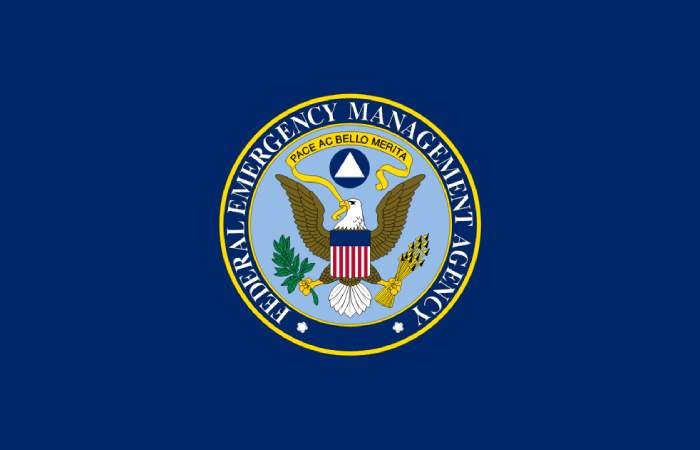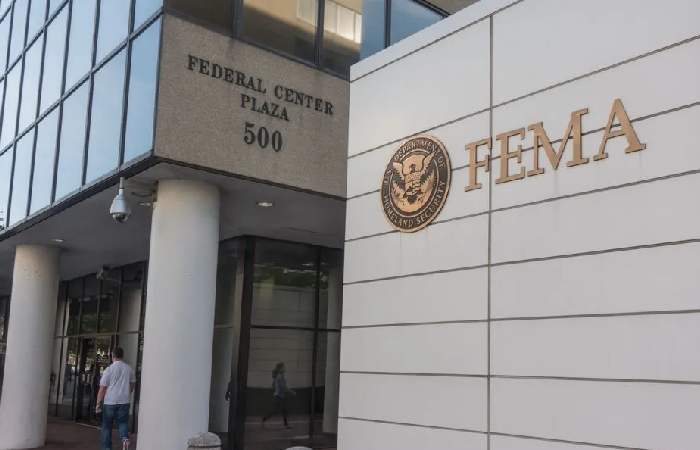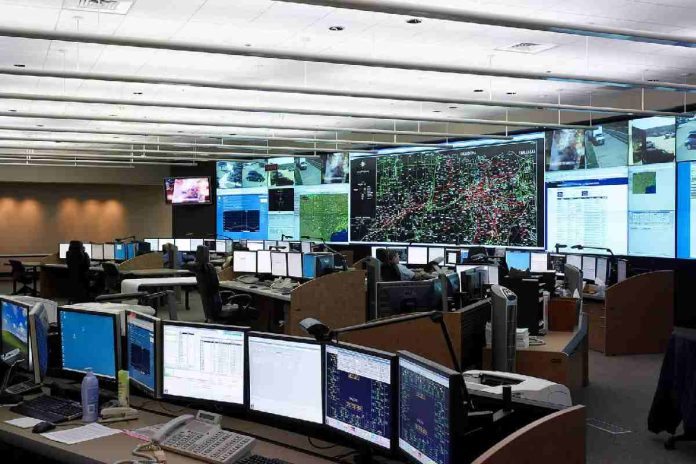Which of the following are part of the DHS/FEMA Federal Operations Centers?
- Joint Area Response Office (JARO)
- Regional Response Coordination Center (RRCC)
- Department of Defense (DOD) DOC
- Federal Bureau of Investigation (FBI) DOC
In times of crisis and national emergencies, the Department of Homeland Security (DHS) and the Federal Emergency Management Agency (FEMA) play crucial roles in coordinating and implementing response efforts. The effectiveness and efficiency of their operations rely heavily on designated centers strategically established to handle different facets of emergency management. This article aims to shed light on the core components of the DHS/FEMA Federal Operations Centers and their significance in safeguarding the nation’s security.
Table of Contents
The Joint Area Response Office (JARO)
The first vital component of the DHS/FEMA Federal Operations Centers is the Joint Area Response Office (JARO). JARO acts as a central hub for coordinating resources and synchronizing operational activities in response to major incidents. This office enables seamless communication between federal, state, tribal, and local government agencies involved in disaster response.
JARO serves as the point of contact for coordinating requests, integrating intelligence, and ensuring a unified response within the affected area. By streamlining the flow of information and resources, JARO plays a crucial role in enhancing situational awareness and facilitating effective decision-making during emergencies.
The Regional Response Coordination Center (RRCC)

Another integral component of the DHS/FEMA Federal Operations Centers is the Regional Response Coordination Center (RRCC). The RRCC serves as the primary mechanism for coordinating regional resources and support during emergencies, working closely with the affected states or regions.
At the RRCC, federal coordinators liaise with state emergency management agencies, local governments, and other stakeholders to ensure effective response and recovery operations. By integrating local expertise and federal resources, the RRCC minimizes duplication of efforts and maximizes the impact of response activities.
The Department of Defense (DOD)
The Department of Defense (DOD) also plays a crucial role in the DHS/FEMA Federal Operations Centers. In times of national crises, the DOD provides extensive capabilities and expertise through its Joint Force Headquarters – Department of Defense Component Commands.
Collaboration between FEMA and the DOD ensures synchronized military support to civil authorities, leveraging DOD assets, and specialized capabilities. This partnership enhances the overall response capability, particularly in addressing large-scale incidents requiring specialized resources or search and rescue operations.
The Federal Bureau of Investigation (FBI)
The last but certainly not least component of the DHS/FEMA Federal Operations Centers is the Federal Bureau of Investigation (FBI). As the principal investigative arm of the Department of Justice, the FBI’s involvement within the Federal Operations Centers ensures the coordination of law enforcement efforts during emergencies.
The FBI plays a critical role in combating threats to national security and ensuring public safety. By integrating its intelligence capabilities and investigative expertise into the Federal Operations Centers. Although, the FBI contributes to a comprehensive and well-coordinated response to protect the nation and its citizens.
The DHS/FEMA Federal Operations Centers:
The DHS/FEMA’s Federal Operations Centers serve as a central command hub during emergencies and crisis situations. These centers bring together various agencies, departments, and organizations to facilitate coordination, communication, and decision-making.
Agencies and Entities Part of FOCs:

DHS/FEMA: As the leading agencies responsible for emergency management, the DHS and FEMA take the central role in the Federal Operations Centers. They provide overall direction, support, and resources to ensure an effective response to emergencies.
National Response Coordination Center (NRCC): The NRCC is the primary center for coordinating the federal response and support efforts during a disaster or emergency. It serves. As the operational focal point for coordinating resource deployments, information sharing. And decision-making between federal, state, tribal, territorial, and local partners.
Regional Response Coordination Centers (RRCCs): The RRCCs, located in various regions across the United States. Serve as the regional hub for coordinating and supporting emergency response efforts. They facilitate communication and coordination between federal, state, and local agencies, as well as non-governmental organizations (NGOs).
Emergency Support Functions (ESFs): The ESFs are specialized groups within the FOCs that focus on specific functional areas during an emergency. Each ESF is led by a primary agency and consists of federal, state, tribal, territorial. Similarly, local representatives who work together to provide resources and support in their respective areas of expertise. Some examples of ESFs include transportation, communications, logistics, and public health.
Joint Field Offices (JFOs): JFOs are established in impacted areas to support disaster response and recovery operations. Likewise, these offices bring together representatives from various federal agencies, state and local governments, and NGOs. JFOs serve as the on-site coordination centers and play a crucial role in bridging. The gap between federal resources and local needs.

